The latest entrant that is finding place on bookshelves is the 'graphic novel', which tells stories through illustrations and prose in a single format.
NEW DELHI: The contemporary novel is changing shape in India. The latest entrant that is finding place on bookshelves is the 'graphic novel', which tells stories through illustrations and prose in a single format.
"Kari", a slim 116-page graphic novel that tells the story of Kari, a quiet Indian woman employed in an advertising agency, her inseparable friend Ruth and their life in Mumbai, hit the stands Friday. It has been written and illustrated by Delhi-based Amruta Patil, a first-time novelist.
Published by Harper Collins and priced at a modest Rs.295, it has opened a new chapter in contemporary English writing by Indian authors in the country.
The illustrations are a mix of black and white drawings and colour sketches. The text, in fancy calligraphy, is placed around and in-between the drawings. But there are also comic book-like blurbs thrown into the picture frames for a heightened effect.
"Novel has never been an easier medium. It is not really difficult to understand stories narrated with pictures, which is what a graphic novel is all about. Pictures are timeless, older than words and when laid out in a planned format with prose, it makes for an interesting medium," said writer-cartoonist Manjula Padmanabhan.
"Amruta's novel is special because she has chosen a difficult path as a first-timer - both of a writer and illustrator," she added.
Harper Collins has printed 4,000 copies of the book as part of the initial print run and hopes to sell a minimum 3,500 copies. All the promotional copies, nearly 50 of them, on display at the recently held World Book Fair were sold out, V.K. Karthika, editor-in-chief at Harper Collins, told IANS.
Though popular in the European publishing circuit, the graphic novel took time to take off in India because it has a niche readership despite the popularity of comic books.
Goa-based writer-designer Orijit Sen of the "The River of Stories" fame had dabbled in the medium in the 1990s. This was followed by artist-filmmaker Sarnath Banerjee, who wrote "Corridor" in 2004 and "The Barn Owl's Wondrous Capers" in 2007.
"But slow awareness was an impediment to the growth of the genre," said Karthika.
"I would rather call it a transit novel," said Mumbai-based textile designer Michelle D' Souza, who read "Kari" en route to work.
"The illustrations are beautiful and the theme is so pertinent to scores of singletons, especially women, who live in Indian metros."
The format targets young Indian readers hooked to television - for whom narratives make sense only when accompanied by bold graphic visuals.
It is a difficult format for a writer, who has to possess great artistic skills to coordinate the graphics with the text. But for author Amruta, armed with a master's degree from the School of the Museum of Fine Arts, Boston, it wasn't too tough.
"It evolved from some illustrations that I posted on my website for my friends and Harper Collins liked it," she said.
The writer said her childhood in Goa has a lot to do with her graphic story-telling format.
"I had a quiet childhood in coastal Goa. I wrote a lot of fairy-tale stuff and illustrated them, mostly for my own pleasure, as a child," said the author.
Amruta began her picture jottings around the time she was seven years old. "Initially, it was a lot about myself, my own life. And then along the way, I met more clever people, who had better repartees than me and I ingested them into my writing," she recalled.
The "tad-autobiographical" Kari grew as a character and travelled to Boston with Amruta.
And once back to India, the novel really took off. "I may be an illustrator, but writing has always been my first love. Illustrations are a kind of scaffolding to my words," she said.
She is now working on her next graphical novel - a mytho-historical epic that she describes as a "rather ambitious and longer venture", and a book called "1999".
![submenu-img]() This singer left Air Force, sang at churches, became superstar; later his father killed him after...
This singer left Air Force, sang at churches, became superstar; later his father killed him after...![submenu-img]() Indian-origin man says Apple CEO Tim Cook pushed him...
Indian-origin man says Apple CEO Tim Cook pushed him...![submenu-img]() Anil Ambani’s Rs 96500000000 Reliance deal still waiting for green signal? IRDAI nod awaited as deadline nears
Anil Ambani’s Rs 96500000000 Reliance deal still waiting for green signal? IRDAI nod awaited as deadline nears![submenu-img]() Most popular Indian song ever on Spotify has 50 crore streams; it's not Besharam Rang, Pehle Bhi Main, Oo Antava, Naina
Most popular Indian song ever on Spotify has 50 crore streams; it's not Besharam Rang, Pehle Bhi Main, Oo Antava, Naina![submenu-img]() Did Diljit Dosanjh cut his hair for Amar Singh Chamkila? Imtiaz Ali reveals ‘he managed to…’
Did Diljit Dosanjh cut his hair for Amar Singh Chamkila? Imtiaz Ali reveals ‘he managed to…’ ![submenu-img]() DNA Verified: Is CAA an anti-Muslim law? Centre terms news report as 'misleading'
DNA Verified: Is CAA an anti-Muslim law? Centre terms news report as 'misleading'![submenu-img]() DNA Verified: Lok Sabha Elections 2024 to be held on April 19? Know truth behind viral message
DNA Verified: Lok Sabha Elections 2024 to be held on April 19? Know truth behind viral message![submenu-img]() DNA Verified: Modi govt giving students free laptops under 'One Student One Laptop' scheme? Know truth here
DNA Verified: Modi govt giving students free laptops under 'One Student One Laptop' scheme? Know truth here![submenu-img]() DNA Verified: Shah Rukh Khan denies reports of his role in release of India's naval officers from Qatar
DNA Verified: Shah Rukh Khan denies reports of his role in release of India's naval officers from Qatar![submenu-img]() DNA Verified: Is govt providing Rs 1.6 lakh benefit to girls under PM Ladli Laxmi Yojana? Know truth
DNA Verified: Is govt providing Rs 1.6 lakh benefit to girls under PM Ladli Laxmi Yojana? Know truth![submenu-img]() Alia Bhatt wears elegant saree made by 163 people over 1965 hours to Met Gala 2024, fans call her ‘princess Jasmine’
Alia Bhatt wears elegant saree made by 163 people over 1965 hours to Met Gala 2024, fans call her ‘princess Jasmine’![submenu-img]() Jr NTR-Lakshmi Pranathi's 13th wedding anniversary: Here's how strangers became soulmates
Jr NTR-Lakshmi Pranathi's 13th wedding anniversary: Here's how strangers became soulmates![submenu-img]() Streaming This Week: Heeramandi, Shaitaan, Manjummel Boys, latest OTT releases to binge-watch
Streaming This Week: Heeramandi, Shaitaan, Manjummel Boys, latest OTT releases to binge-watch![submenu-img]() Remember Ayesha Kapur? Michelle from Black, here's how actress, nutrition coach, entrepreneur looks after 19 years
Remember Ayesha Kapur? Michelle from Black, here's how actress, nutrition coach, entrepreneur looks after 19 years![submenu-img]() Remember Heyy Babyy's cute 'Angel' Juanna Sanghvi? 20 year-old looks unrecognisable now, fans say 'her comeback will...'
Remember Heyy Babyy's cute 'Angel' Juanna Sanghvi? 20 year-old looks unrecognisable now, fans say 'her comeback will...'![submenu-img]() DNA Explainer: Why Harvey Weinstein's rape conviction was overturned, will beleaguered Hollywood mogul get out of jail?
DNA Explainer: Why Harvey Weinstein's rape conviction was overturned, will beleaguered Hollywood mogul get out of jail?![submenu-img]() What is inheritance tax?
What is inheritance tax?![submenu-img]() DNA Explainer: What is cloud seeding which is blamed for wreaking havoc in Dubai?
DNA Explainer: What is cloud seeding which is blamed for wreaking havoc in Dubai?![submenu-img]() DNA Explainer: What is Israel's Arrow-3 defence system used to intercept Iran's missile attack?
DNA Explainer: What is Israel's Arrow-3 defence system used to intercept Iran's missile attack?![submenu-img]() DNA Explainer: How Iranian projectiles failed to breach iron-clad Israeli air defence
DNA Explainer: How Iranian projectiles failed to breach iron-clad Israeli air defence![submenu-img]() This singer left Air Force, sang at churches, became superstar; later his father killed him after...
This singer left Air Force, sang at churches, became superstar; later his father killed him after...![submenu-img]() Most popular Indian song ever on Spotify has 50 crore streams; it's not Besharam Rang, Pehle Bhi Main, Oo Antava, Naina
Most popular Indian song ever on Spotify has 50 crore streams; it's not Besharam Rang, Pehle Bhi Main, Oo Antava, Naina![submenu-img]() Did Diljit Dosanjh cut his hair for Amar Singh Chamkila? Imtiaz Ali reveals ‘he managed to…’
Did Diljit Dosanjh cut his hair for Amar Singh Chamkila? Imtiaz Ali reveals ‘he managed to…’ ![submenu-img]() Watch: Arti Singh gets grand welcome at husband Dipak's house with fairy lights and fireworks, video goes viral
Watch: Arti Singh gets grand welcome at husband Dipak's house with fairy lights and fireworks, video goes viral![submenu-img]() Meet actress, who belongs to family of superstars, quit films after 19 flops, no single hit in 9 years; is still worth…
Meet actress, who belongs to family of superstars, quit films after 19 flops, no single hit in 9 years; is still worth…![submenu-img]() IPL 2024: Suryakumar Yadav's century power MI to 7-wicket win over SRH
IPL 2024: Suryakumar Yadav's century power MI to 7-wicket win over SRH![submenu-img]() DC vs RR, IPL 2024: Predicted playing XI, live streaming details, weather and pitch report
DC vs RR, IPL 2024: Predicted playing XI, live streaming details, weather and pitch report![submenu-img]() Watch: Team India’s new jersey for T20 World Cup 2024 unveiled
Watch: Team India’s new jersey for T20 World Cup 2024 unveiled![submenu-img]() DC vs RR IPL 2024 Dream11 prediction: Fantasy cricket tips for Delhi Capitals vs Rajasthan Royals
DC vs RR IPL 2024 Dream11 prediction: Fantasy cricket tips for Delhi Capitals vs Rajasthan Royals![submenu-img]() IPL 2024: Kolkata Knight Riders take top spot after 98 runs win over Lucknow Super Giants
IPL 2024: Kolkata Knight Riders take top spot after 98 runs win over Lucknow Super Giants![submenu-img]() Indian-origin man says Apple CEO Tim Cook pushed him...
Indian-origin man says Apple CEO Tim Cook pushed him...![submenu-img]() Meet man whose salary was only Rs 83 but his net worth grew by Rs 7010577000000 in 2023, he is Mukesh Ambani's...
Meet man whose salary was only Rs 83 but his net worth grew by Rs 7010577000000 in 2023, he is Mukesh Ambani's...![submenu-img]() Job applicant offers to pay Rs 40000 to Bengaluru startup founder, here's what happened next
Job applicant offers to pay Rs 40000 to Bengaluru startup founder, here's what happened next![submenu-img]() Viral video: Family fearlessly conducts puja with live black cobra, internet reacts
Viral video: Family fearlessly conducts puja with live black cobra, internet reacts![submenu-img]() Woman demands Rs 50 lakh after receiving chicken instead of paneer
Woman demands Rs 50 lakh after receiving chicken instead of paneer
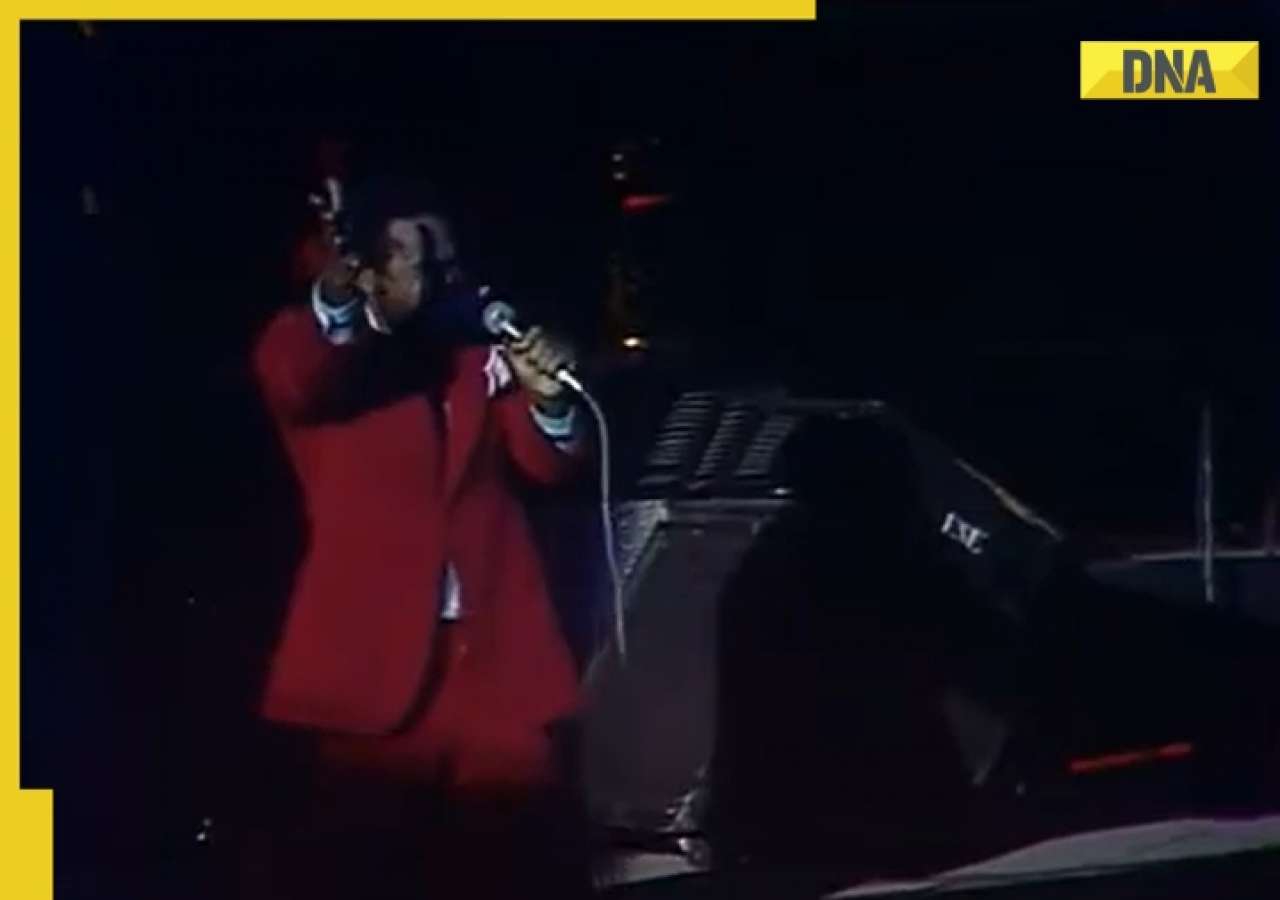



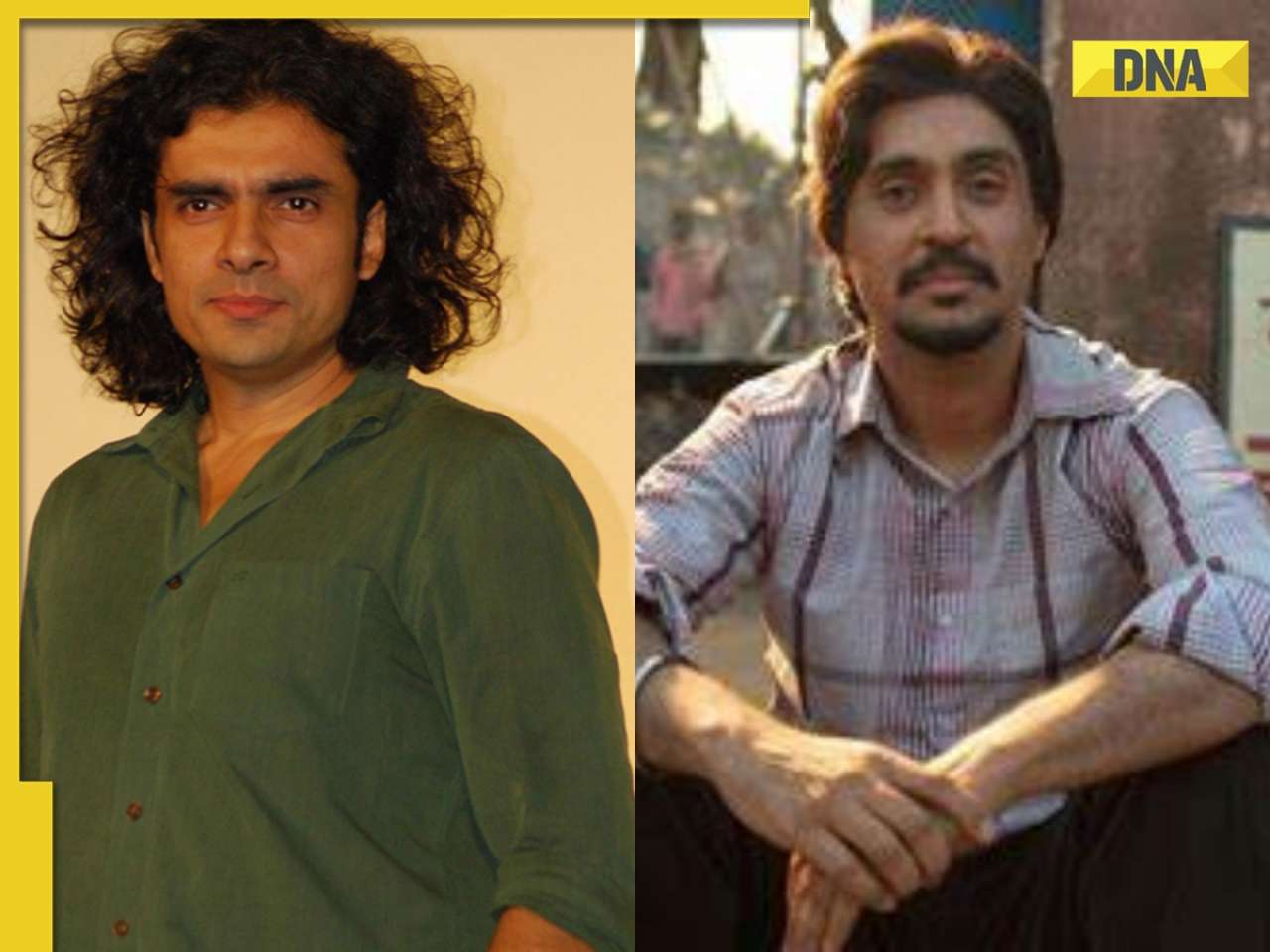






















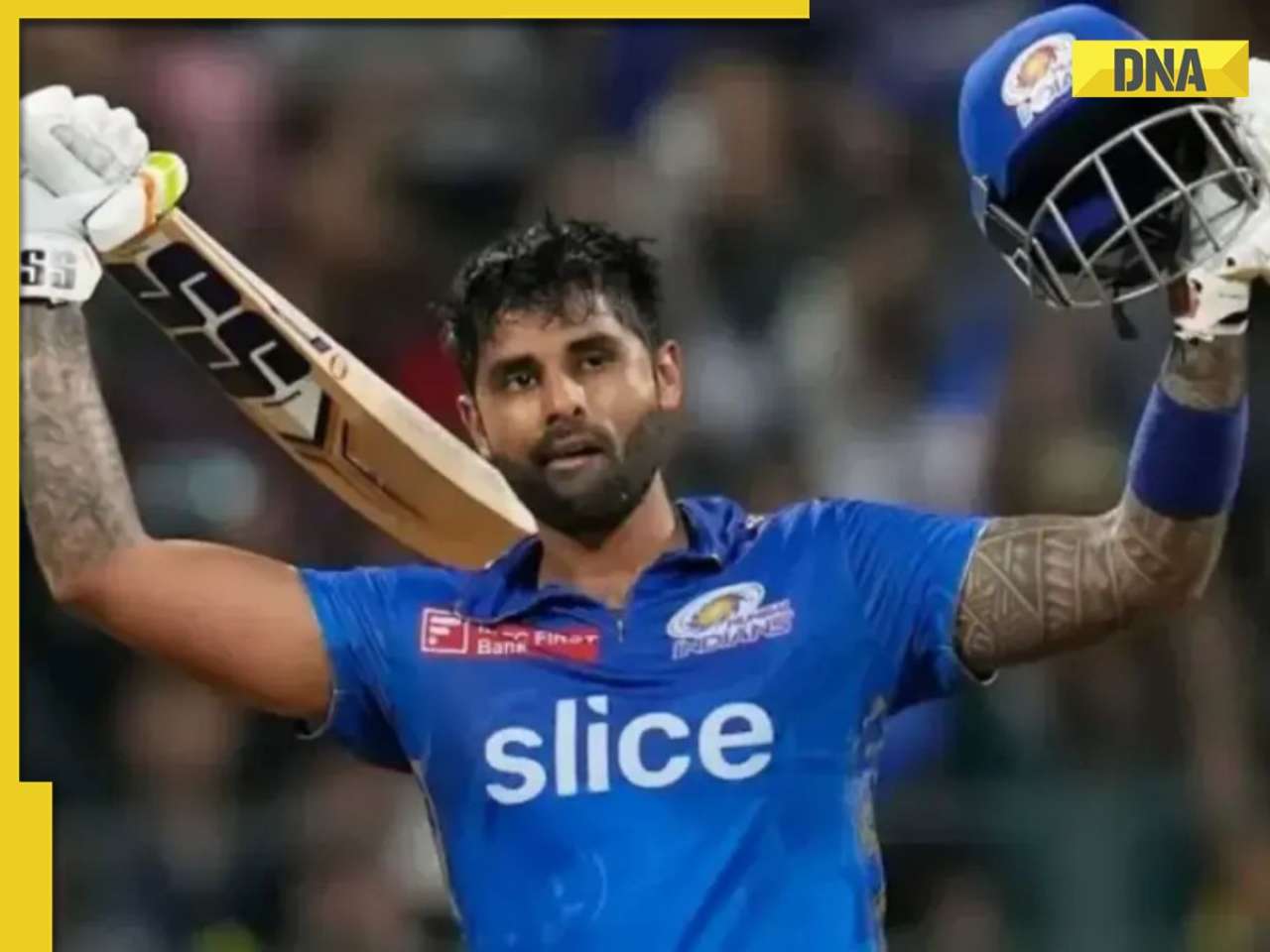
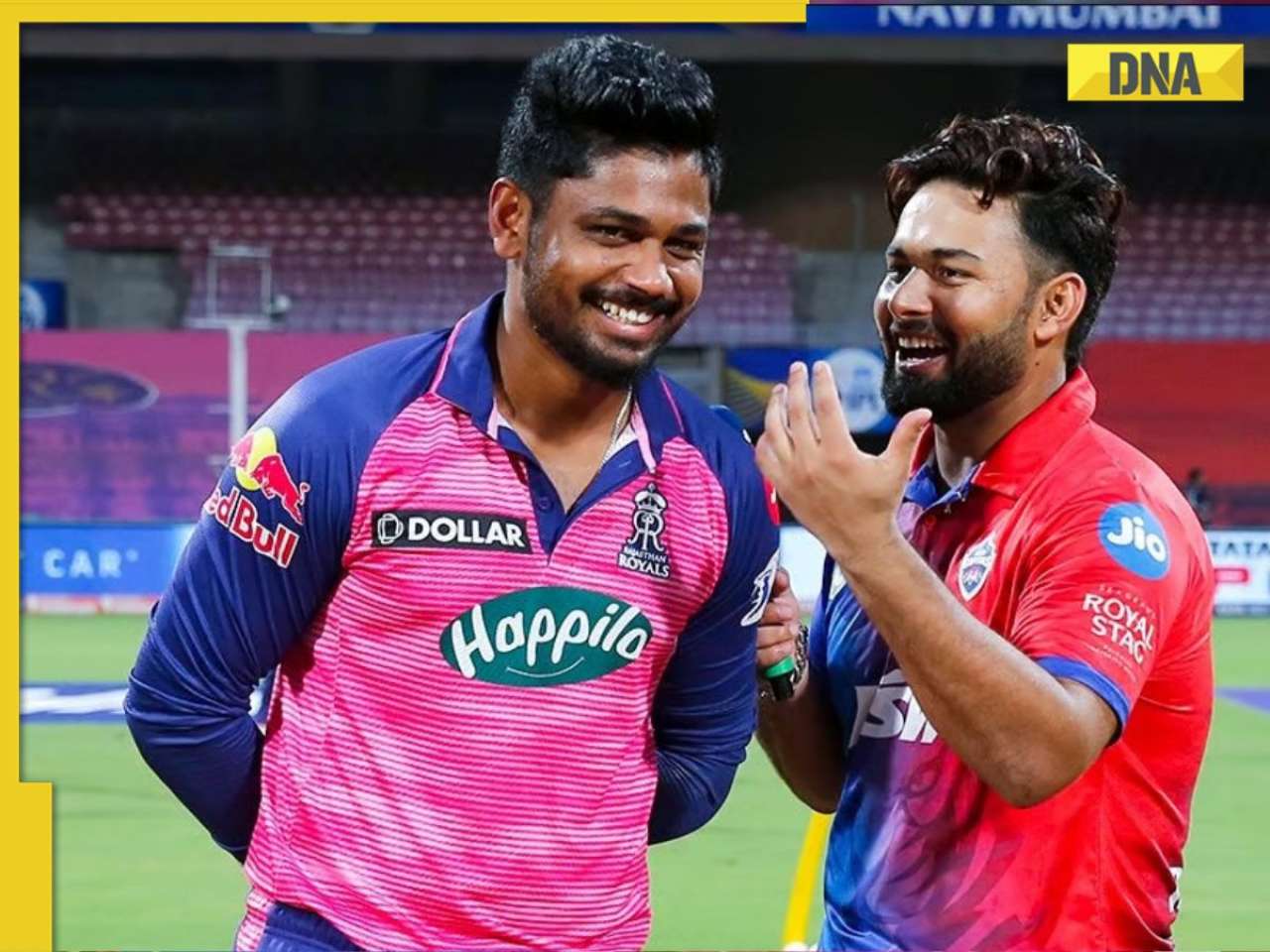
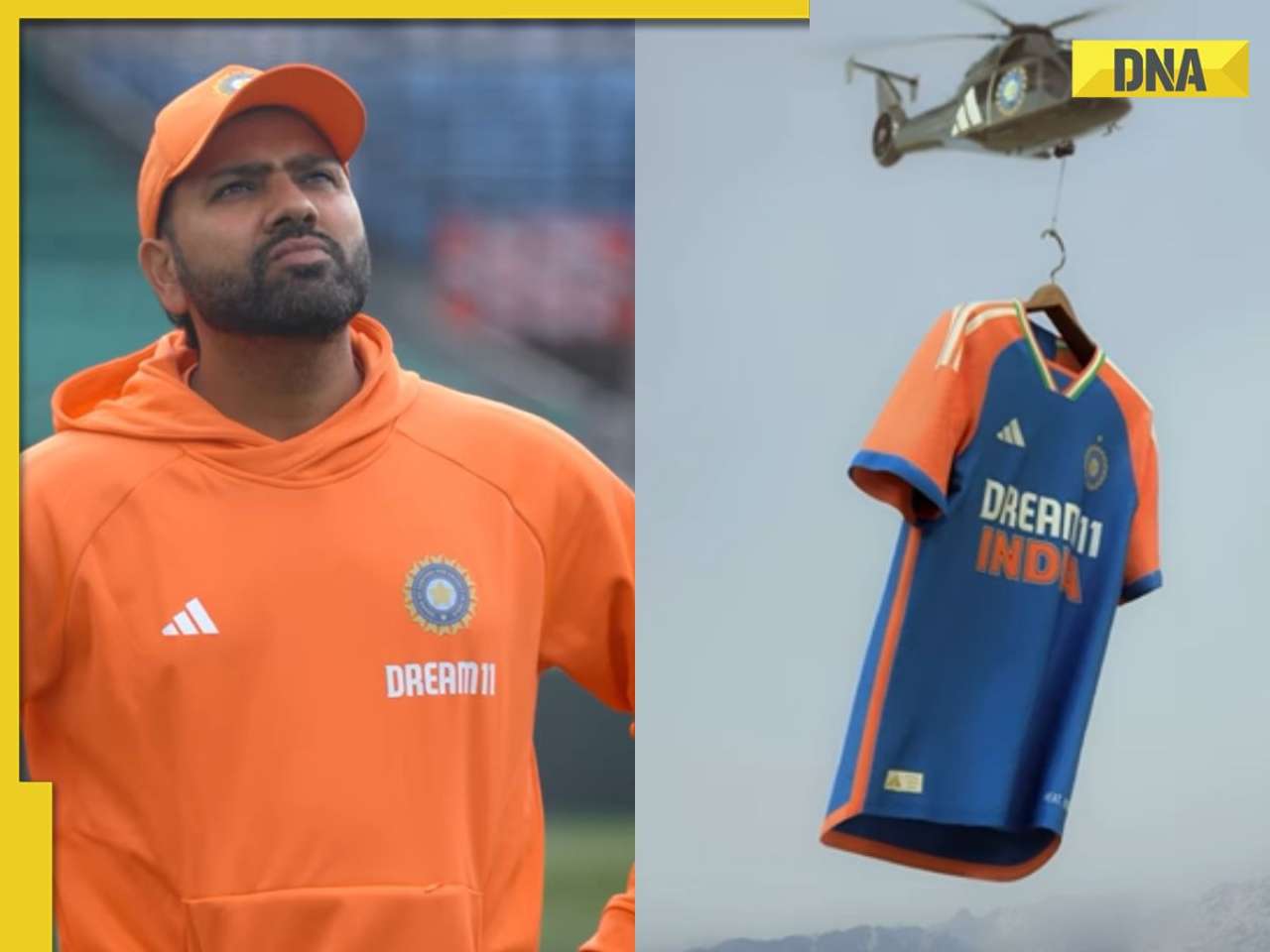
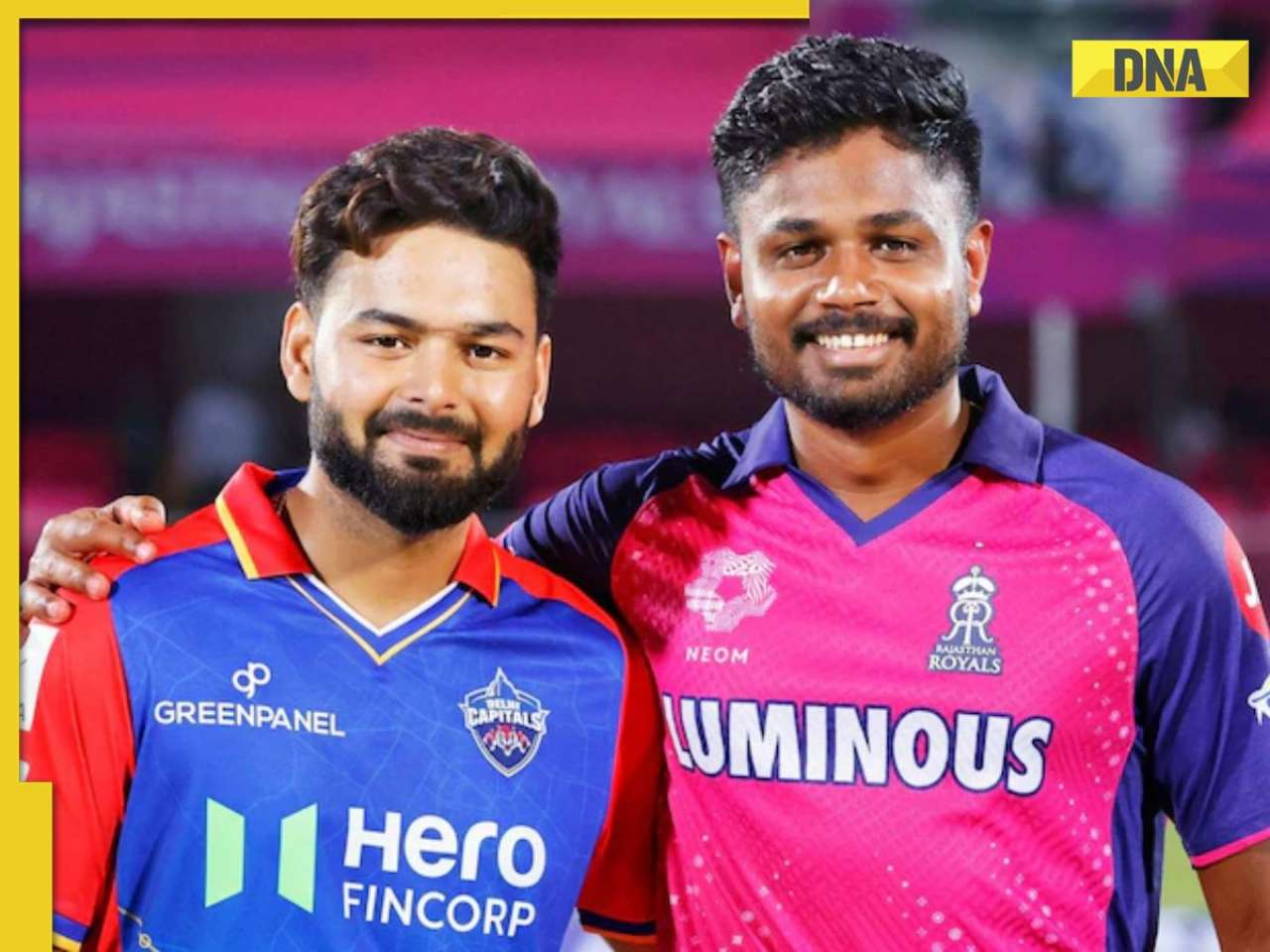

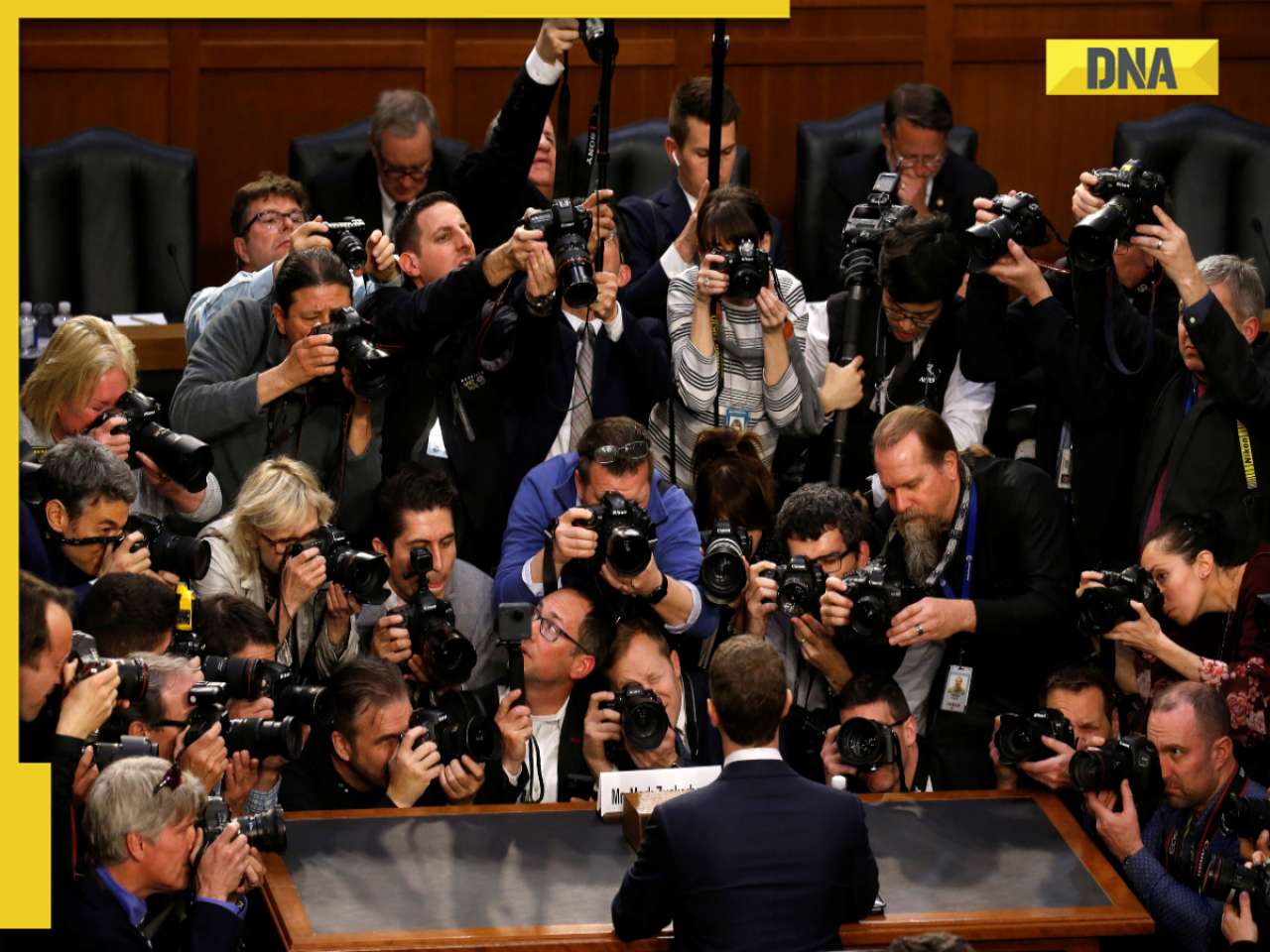









)
)
)
)
)
)